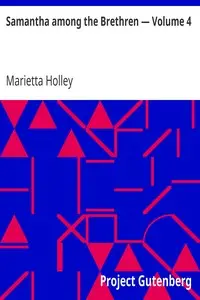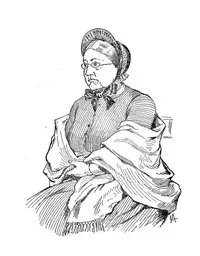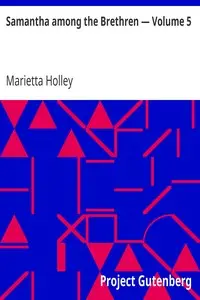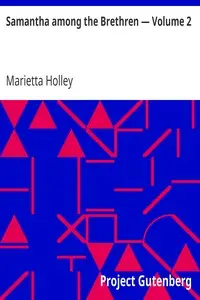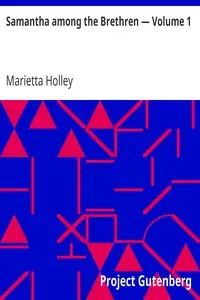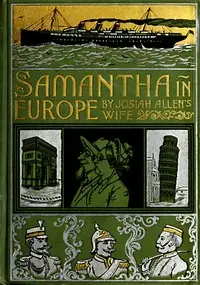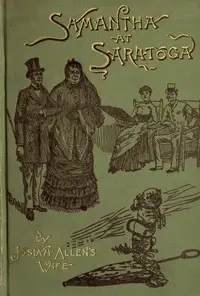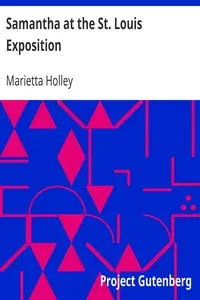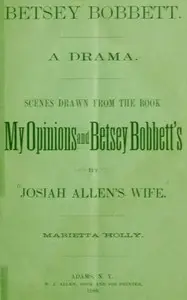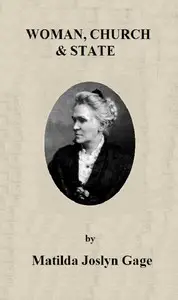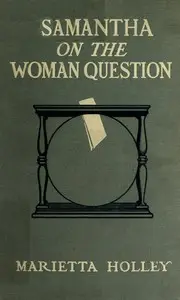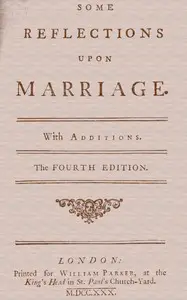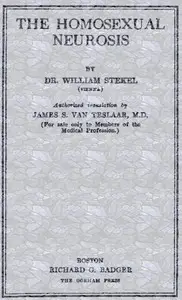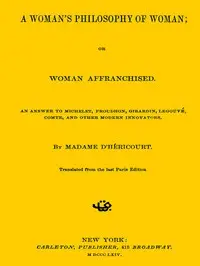"Samantha among the Brethren — Volume 3" by Marietta Holley is a funny story from the early 1900s about Samantha, a character who deals with family, society, and being female in a humorous way. In this story, Samantha deals with her cousin Lodema's visit, which causes a mixture of funny and annoying moments. Samantha finds herself in the middle when Josiah, her husband, plans a fake diamond wedding party for Lodema. More family members arrive, which leads to even more funny situations and comments on what society expects, especially from women within families. As Lodema leaves unhappily, the story makes you think about relationships and the social rules of the time, all told with Holley's funny writing style.
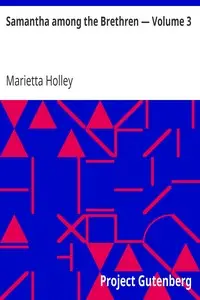
Samantha among the Brethren — Volume 3
By Marietta Holley
Amidst comical family chaos and societal expectations, a woman finds herself entangled in a whirlwind of humorous events, unexpectedly mediating family dynamics and challenging social norms.
Summary
About the AuthorMarietta Holley, was an American humorist who used satire to comment on U.S. society and politics. Holley enjoyed a prolific writing career and was a bestselling author in the late 19th century, though she was largely forgotten by the time of her death. Her writing was frequently compared to that of Mark Twain and Edgar Nye. Along with Frances Miriam Whitcher and Ann S. Stephens, Holley is regarded as one of America's most significant early female humorists. Her work appealed to all classes of society. Her readers were scattered over the entire world, and included men and women of every station and grade. Her books were widely read in Europe.
Marietta Holley, was an American humorist who used satire to comment on U.S. society and politics. Holley enjoyed a prolific writing career and was a bestselling author in the late 19th century, though she was largely forgotten by the time of her death. Her writing was frequently compared to that of Mark Twain and Edgar Nye. Along with Frances Miriam Whitcher and Ann S. Stephens, Holley is regarded as one of America's most significant early female humorists. Her work appealed to all classes of society. Her readers were scattered over the entire world, and included men and women of every station and grade. Her books were widely read in Europe.



